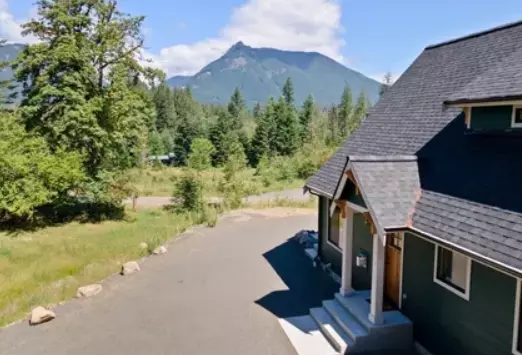
Up-to-date Seattle & Tacoma market insights (prices, inventory, mortgage trends) and a practical seller playbook to prepare now for a successful Spring 2026 listing. Contact Aaron Miriello for a no-pr
Seattle & Tacoma Real Estate: What Sellers Need to Know Now (and Why Spring 2026 Could Be Your Best Shot) The Seattle and Tacoma real estate markets are showing signs of stability and opportunity as we approach early 2026. If you're considering selling your home, understanding the current landsc

The Biggest Mistakes Sellers Make in a High-Inventory Market (and How to Avoid Them)
🎬 Real Buyer Scenario: The Deal Everyone Else Missed Here’s a fictitious scenario that reflects what buyers could experience in today’s market. Sarah and Marcus had been house hunting for almost a year. Every month, they watched mortgage rates climb higher. They were pre-approved, responsible, and

How to Sell Your Home in a Crowded Market Without Sacrificing Your Net
Strategic Advice for Puget Sound Sellers in Spring 2025 🌷 Spring has officially arrived in the Puget Sound, and along with longer days and blooming yards comes a predictable shift: more homes hitting the market. If you’re a homeowner preparing to sell, you're not imagining it—there really are mor
Categories
- All Blogs (80)
- Agent (3)
- Appraisal (1)
- Buyers (23)
- Educational (4)
- Escrow (1)
- FHA (3)
- Financing (4)
- First time homebuyer (6)
- Home Buying Criteria (3)
- Homeowners (6)
- Loans (2)
- Market Conditions (19)
- Miscellaneous (4)
- Multiple Offers (2)
- NAR (1)
- Negotiation (2)
- Offers (2)
- School Districts (1)
- Sellers (28)
- Selling (32)
- Staging (3)
- Tips (11)
- Title (1)
- Utilities (4)
- Videos (1)
Recent Posts











